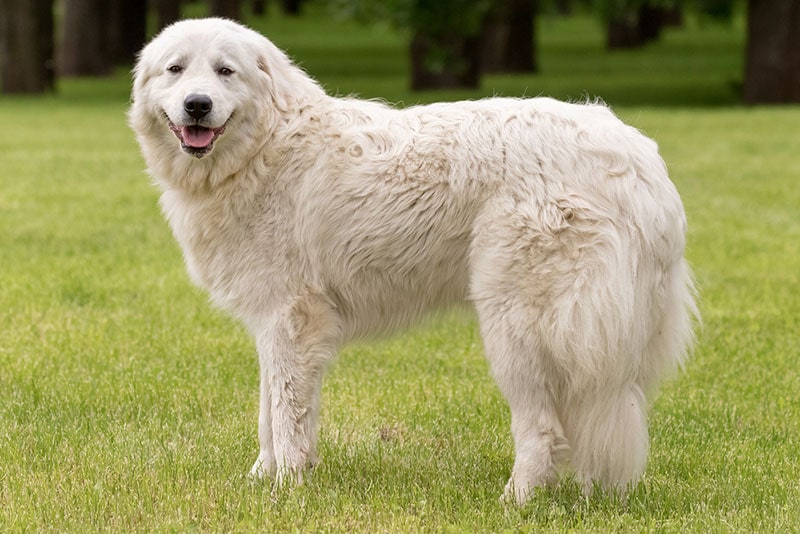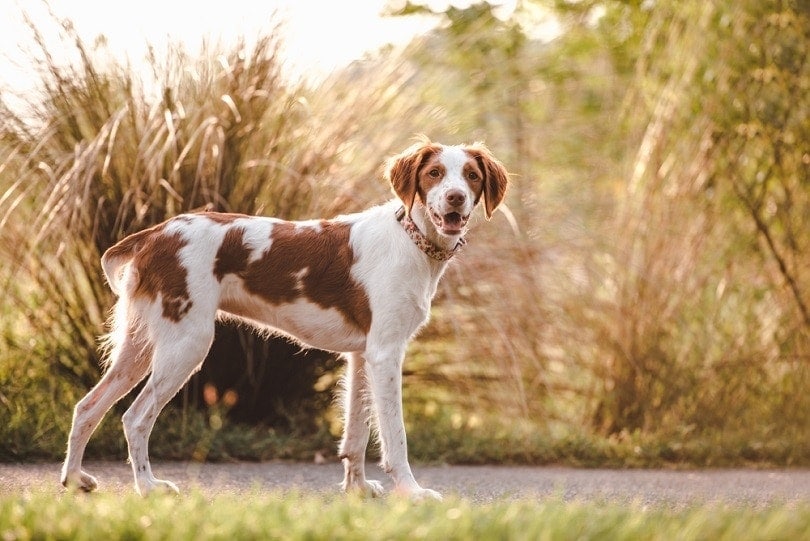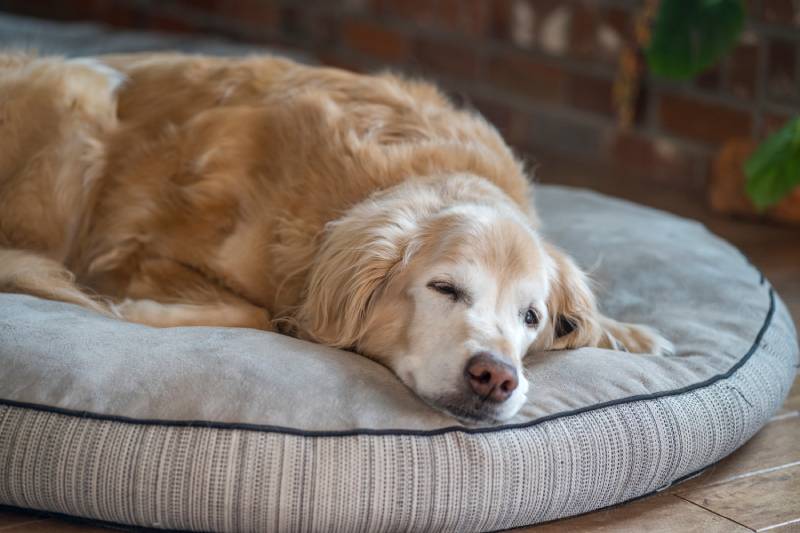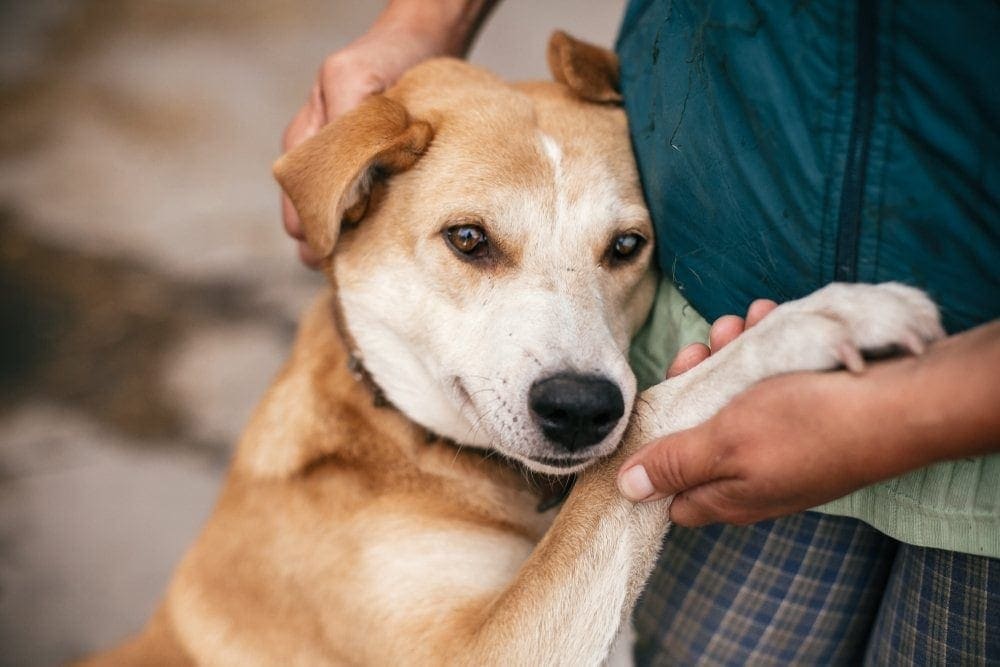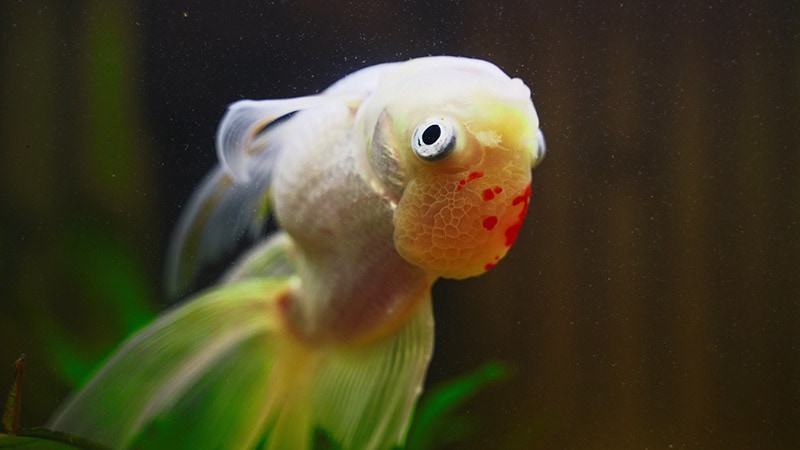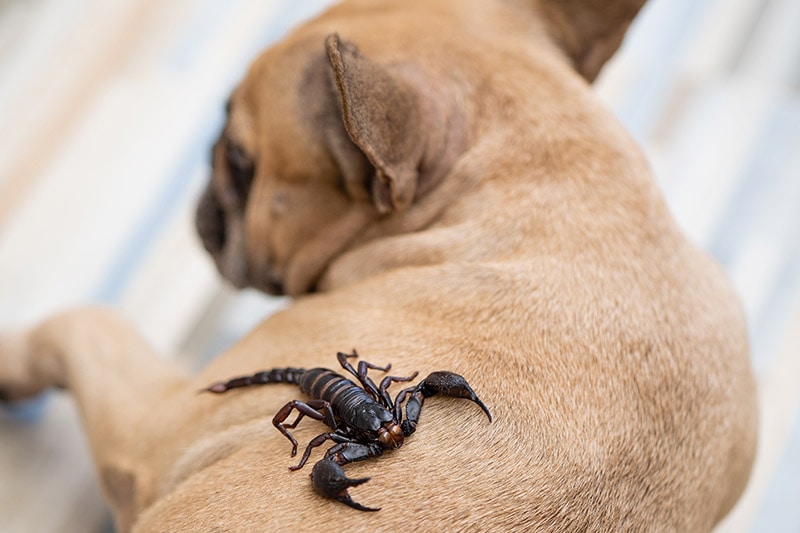Belgian Malinois Male vs Female: Which One Is Right for Me?
By Brooke Bundy
Updated on

If you’ve already decided on a Belgian Malinois, most of your work is already done. When you meet the prospective puppies, you may be able to judge more for yourself whether you’d rather have a male or female. Just like other breeds, males and females generally look and behave a little differently than each other, but their personality depends more on the individual dog. For example, males are usually more active, but they may not be if you have the runt of the litter or a dog with a more relaxed personality. Even so, it may help you learn the generalizations so you know what you can typically expect from a male or female Malinois.
Visual Differences

At a Glance
- Average height (adult): 24–26 inches
- Average weight (adult): 60–80 pounds
- Average height (adult): 22–24 inches
- Average weight (adult): 40–60 pounds
 Belgian Malinois 101
Belgian Malinois 101
At the beginning of their story, this herding dog tended flocks of sheep in rural Belgium. During the 1800s, most people still lived an agrarian lifestyle, which welcomed working dogs as both members of the family and loyal employees on the farm. Strength, agility, and willingness to protect and defend the home were all desirable traits for a working dog the Belgian Malinois possessed.
The Belgian Malinois first arrived in the United States around the turn of the century. Although they were employed in the war effort during World War I, they weren’t an established breed until the 1950s, due to the restrictions on international shipping throughout the two World Wars and the Great Depression. In 1959, the American Kennel Club finally accepted the Belgian Malinois as a member of the Herding Group.
Today, they serve equally as pets and working dogs for military and police K-9 units. In fact, the Department of Defense Working Dog Breeding Program in San Antonio, Texas only raises one dog breed to become members of the US military—the Belgian Malinois.
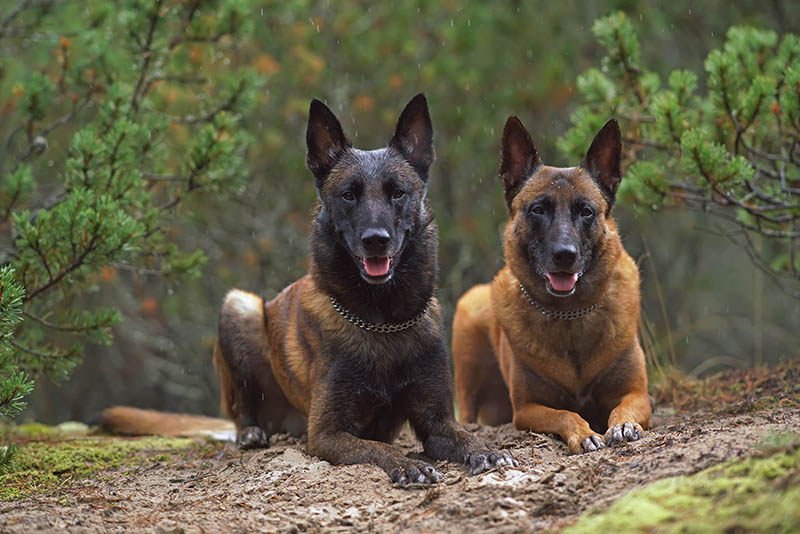
Male Belgian Malinois Overview
Personality / Character
Robust and about 30% larger than their female counterparts, the male Belgian Malinois is a force to be reckoned with. They usually stand around 24–26 inches and weigh between 60 and 80 pounds, qualifying them as a large dog.
Generally, males are more energetic than females and require more daily exercise. You should aim to exercise your male Belgian Malinois for at least an hour or two every day in order to keep them healthy and curtail mischievous behaviors that can arise from boredom. Males are more likely to tear up your shoes and ask for extra walks, but they may also form closer bonds with their female owners. If you’re a female, the extra struggles may be worth the extra snuggles.
Training
It’s important to establish a few ground rules and socialize your male Belgian Malinois early on for the best chance of success. They’re intelligent dogs who are eager to please their owners, so training is usually fairly straightforward. However, males may act aggressively towards other dogs, especially other males, if they’re not properly socialized as young pups. Neutering them and taking them on regular trips to the dog park where they can be around different dogs can help them make sure they receive a good foundation.
Since the Belgian Malinois has a strong guarding instinct, you should also familiarize them with strangers to prevent them from becoming aggressive or fearful towards people they don’t know.
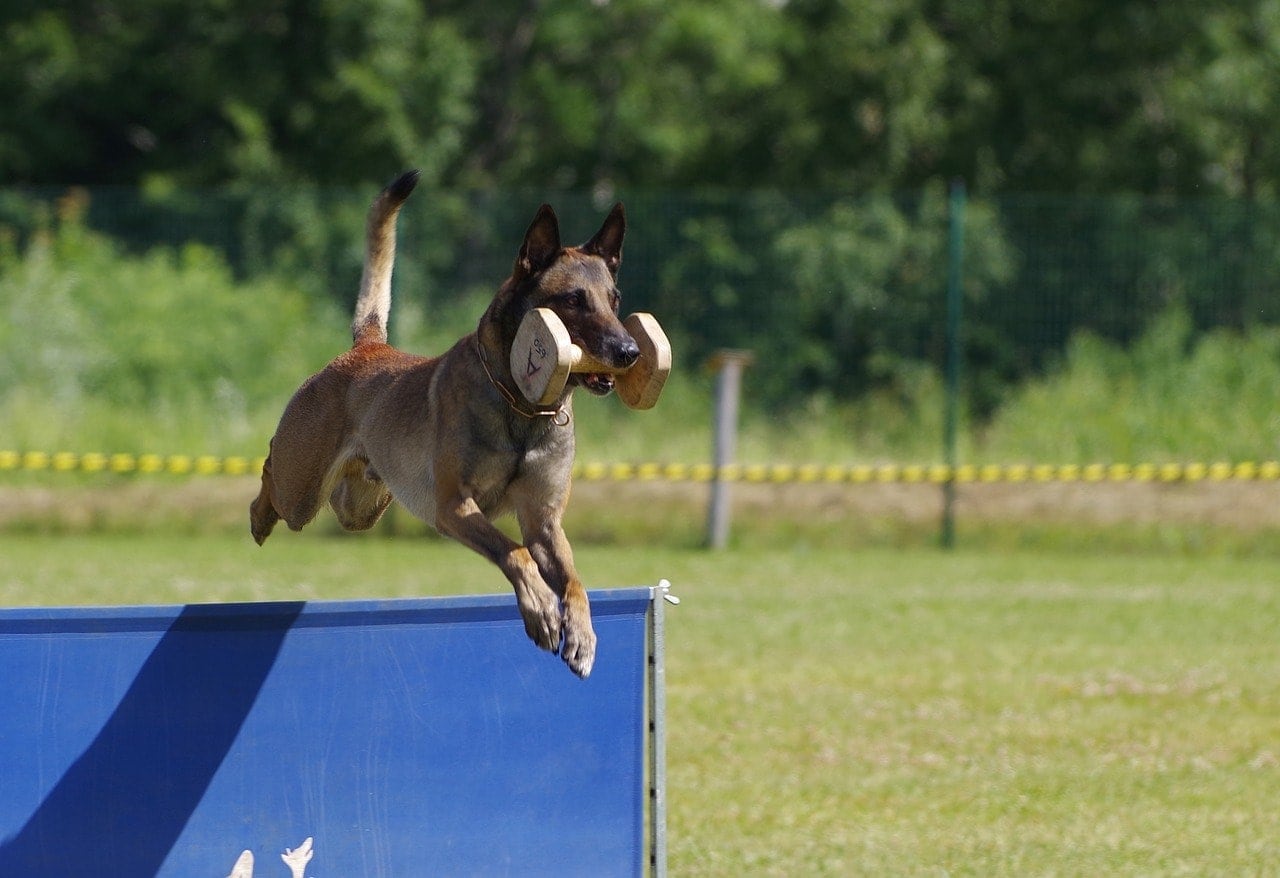
Health & Care
Most potential health problems in the breed aren’t gender-specific and may be common to the canine population in general. For example, the Belgian Malinois is particularly susceptible to hip dysplasia, which occurs when the femur doesn’t line up with the hip socket. This condition has genetic and environmental factors, but larger dogs are at risk. Male Belgian Malinois are more likely to suffer from hip dysplasia than females since they’re roughly 20 to 40 pounds larger.
Other potential health problems such as progressive retinal atrophy likely affect both sexes equally.
Breeding
If you adopt a male Belgian Malinois, you may notice him becoming moodier around the time he reaches 6 months old. This is around the time he reaches sexual maturity and becomes capable of reproducing. Your Belgian Malinois may express his newfound frustrations on your furniture, shredding or humping your pillows as he explores his new feelings. Males are capable of reproducing year-round, so you’ll definitely want to decide if you want to neuter before they reach maturity.
- Affectionate to female owners
- Better choice for active individuals
- Qualifies as a large dog
- May require more socialization around other dogs and strangers
- More patience is required for training
Female Belgian Malinois Overview
Personality / Character
The female Belgian Malinois is noticeably smaller than the male. Weighing only 40 to 60 pounds, females are actually considered medium dogs. They’re typically not quite as hyper as males, but they’re still considered active dogs that need at least an hour of playtime each day.
When confronted with strange people or dogs, females are more likely to respond fearfully by being shy rather than aggressive. They don’t naturally like strangers, so they make for excellent guard dogs. If you want a pet you can comfortably take on outings with other people and dogs, early socialization is definitely required to make sure they’ll get along well with others.
Training
Like humans, female dogs mature faster mentally than males, so you might notice that training a female doesn’t take as much time or patience. Additionally, since they’re not so rambunctious, they’re more likely to pay attention to what you’re saying rather than being distracted by a desire to play.
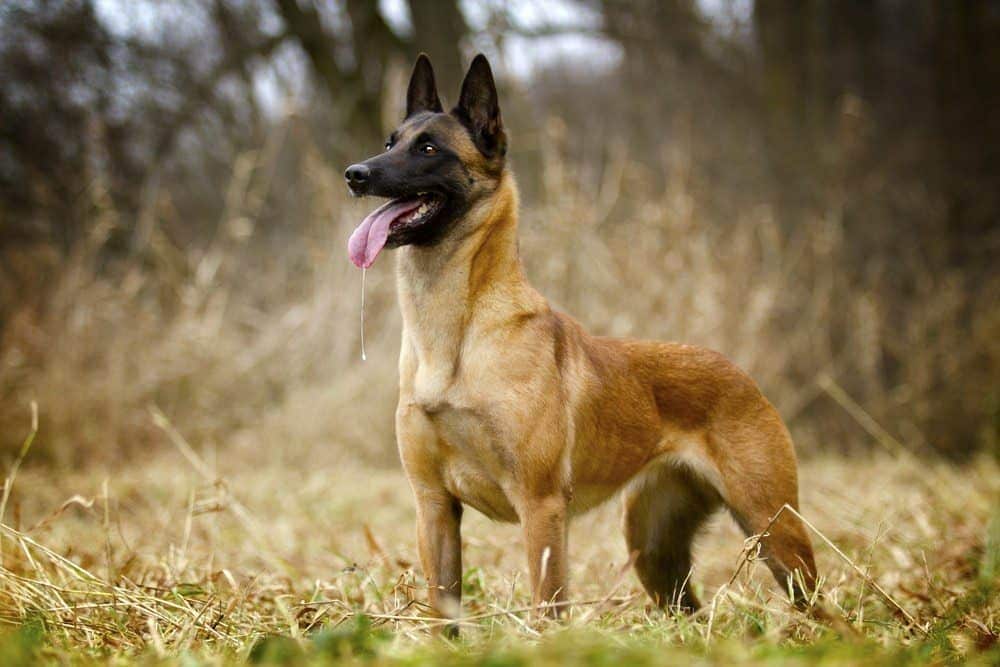
Health & Care
Like males, female Belgian Malinois may be at risk of developing progressive retinal atrophy. Due to their smaller size, they’re not as likely to develop hip dysplasia as males.
Breeding
Between their 6th month and their first birthday, the female Belgian Malinois experiences her first heat cycle. The cycle repeats approximately every 6 months. Their fertility window is rather short, taking only about 2 weeks out of her cycle. However, it’s extremely important not to allow your female to mate during her first heat cycle since her body isn’t mature enough to carry puppies. If you’re not planning on breeding your Belgian Malinois, it’s best to have her spayed.
- Calmer
- Quicker to train
- Not as likely to develop hip dysplasia
- May be more difficult to socialize
Which Gender Is Right for You?
While every dog is different, male Belgian Malinois are more likely to be actively and socially engaging than females, which are usually calmer but less trusting of new people and dogs. If you want a running buddy you can take them to the dog park, the male is probably a better fit. However, if you prefer a herding dog on the smaller side and want to negate the higher risk of hip dysplasia, adopting a female may be the best choice.
Featured Image Credit: Eudyptula, Shutterstock

 Belgian Malinois 101
Belgian Malinois 101

